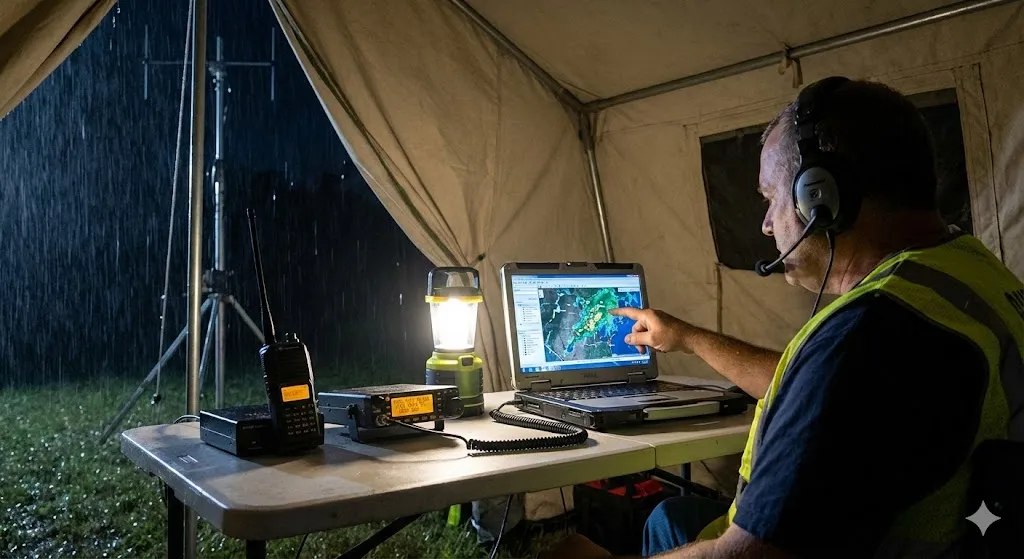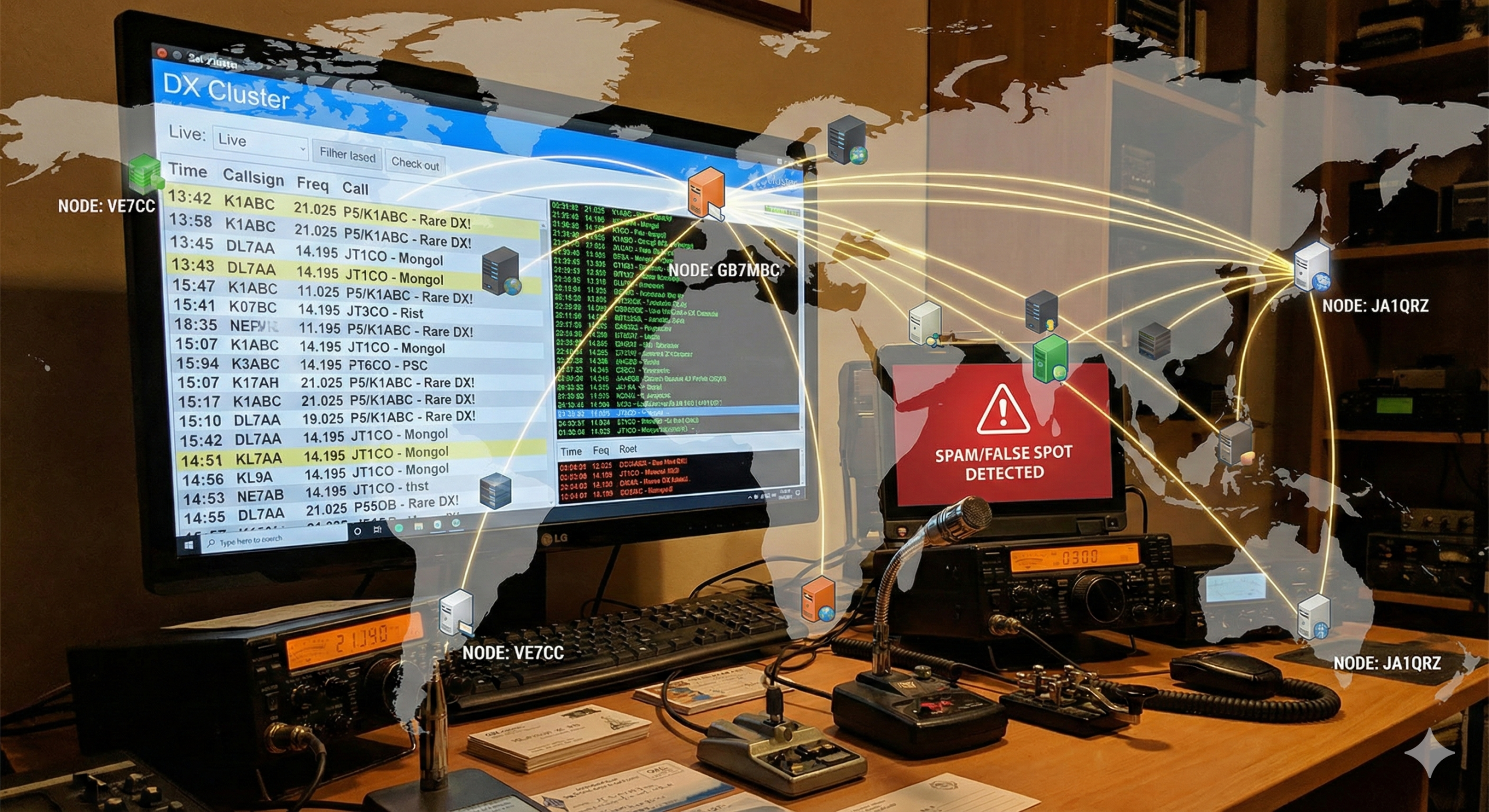Embracing the Digital Age: Amateur Radio’s Evolution in the Digital Era
Introduction:
In this digital age, where technology and connectivity dominate our lives, it’s fascinating to witness how traditional hobbies like amateur radio have adapted and evolved. Amateur radio operators, known as “hams,” have embraced the digital era, finding innovative ways to combine the time-honored traditions of radio communication with the power of digital technology. In this blog post, we explore the exciting world of amateur radio in the digital age and the remarkable opportunities it presents.
SEO Keywords: Amateur radio, digital age, radio communication, digital technology, hams
- The Resilience of Amateur Radio:
Amateur radio has stood the test of time, proving its resilience in the face of rapid technological advancements. While social media, instant messaging, and video calls dominate modern communication, the amateur radio community continues to thrive. Hams appreciate the unique aspects of radio communication, such as its long-range capabilities, self-sustainability, and the sense of adventure it brings. - Digital Modes and Technological Advancements:
One of the key ways amateur radio has embraced the digital age is through the adoption of digital modes. Digital modes leverage digital technology to transmit and receive data, expanding communication possibilities beyond traditional voice transmissions. Modes like FT8, PSK31, and JT65 have gained popularity among hams worldwide, enabling efficient and reliable communication even under challenging propagation conditions. - Software-Defined Radios (SDR):
Software-defined radios have revolutionized the amateur radio landscape. These devices use advanced software algorithms to process radio signals, offering unmatched flexibility and versatility. SDRs allow hams to explore a wide range of frequencies, decode various digital modes, and even create their own custom applications. The accessibility and affordability of SDR technology have opened up new horizons for experimentation and innovation in amateur radio. - Internet Connectivity and Remote Operation:
The internet has played a significant role in transforming amateur radio. With the advent of internet-connected radios and remote operation platforms, hams can now operate their stations from anywhere in the world. Remote operation enables hams to overcome geographical limitations, explore different propagation conditions, and connect with fellow operators across the globe. This digital integration enhances the sense of community and expands the possibilities of amateur radio. - Embracing Digital Tools and Resources:
Amateur radio enthusiasts can leverage a plethora of digital tools and resources to enhance their experience. Online logging platforms, DX clusters, propagation prediction tools, and digital signal processing software are just a few examples of the digital resources available to hams. These tools streamline operations, provide real-time information, and facilitate collaboration within the amateur radio community.
Conclusion:
In the digital age, amateur radio continues to captivate and inspire, blending the traditions of radio communication with the power of digital technology. Hams embrace digital modes, software-defined radios, internet connectivity, and an array of digital tools to explore new frontiers and connect with fellow operators worldwide. As technology evolves, amateur radio remains a vibrant and dynamic hobby, offering a unique blend of excitement, community, and technical exploration. So, whether you’re a seasoned ham or a digital native intrigued by the world of radio, there has never been a more exciting time to explore amateur radio in the digital age.






Post Comment